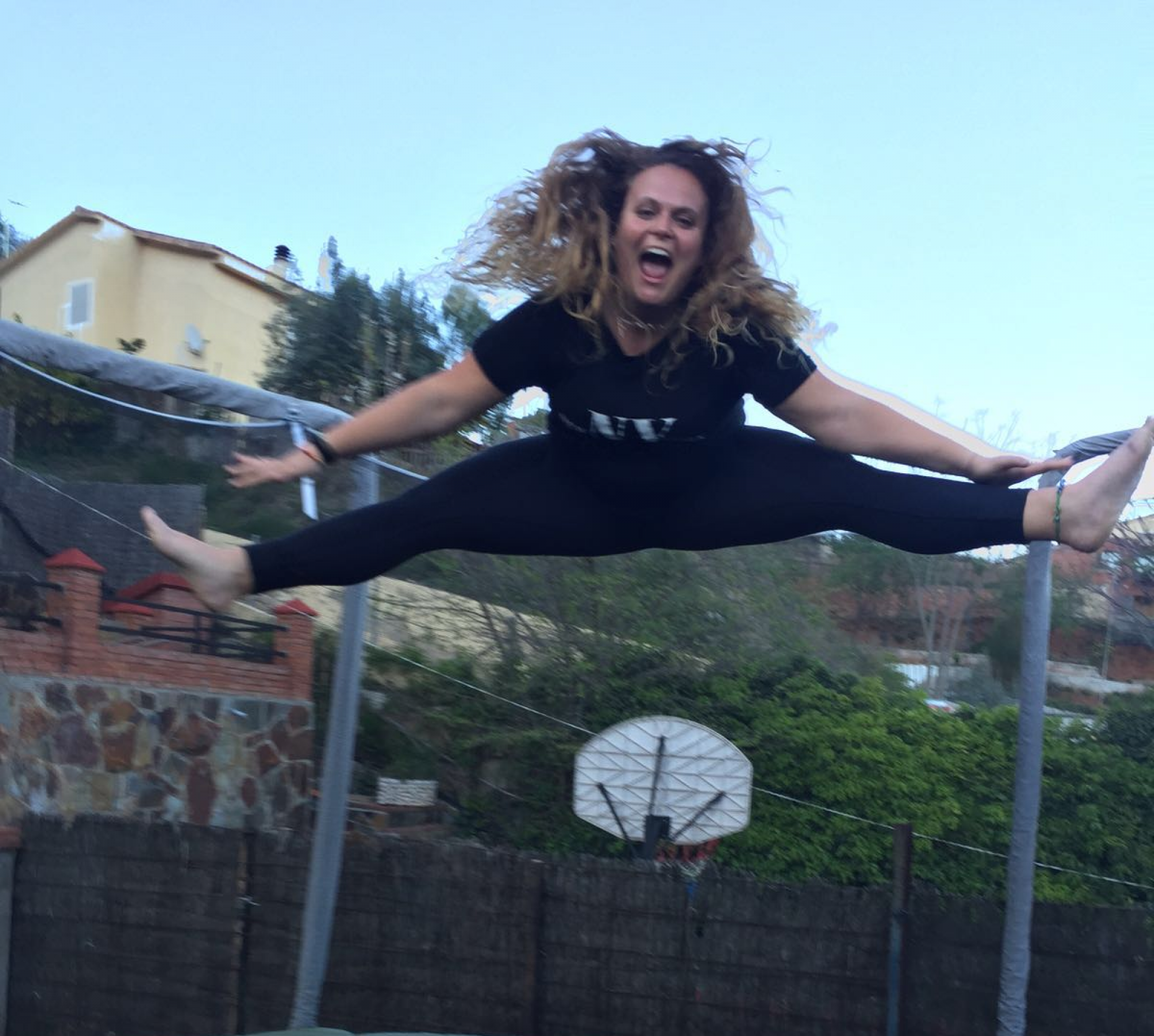We were asked to provide responses to each of the following questions:
1. How has the way you conceive of a scientist changed through completing this course?
2. What are some strengths and limitations associated with the use of applying quantitative methods to investigating a research question?
3. Which approach to doing research, qualitative or quantitative, do you feel is a better fit for you as a researcher and why?
4. What three main learning points about doing research will you take with you from this course?
My first encounter with quantitative research was during my Human Kinetics diploma program at Capilano. In the class HKIN151, I learned about qualitative and quantitative analysis of human movement. A few years later, while enrolled in the LBST program, I had access to additional quantitative research courses such as PHIL 110, ABA 312 and LBST 330. By taking these courses I had the opportunity to see the broader aspects of the quantitative research and to learn about different procedures and issues related to the single and multiple subject design, implantation and analysis of single and multiple subject research, and about applications of statistical procedures to single subject and time series data. Because I am not great at math and statistics, I had to work hard to earn my grades in all these Quantitative/Analytical courses. At the beginning of this term I thought that LBST 201 would be incredibly difficult for me. Throughout the course, Janet and Mashid made it seem not only easy to understand, but also logical. Through their detailed explanations I understood when and how to perform the quantitative research.
LBST 201 made me understand that quantitative methods have the advantage of producing valid and reliable results which could be generalizable to a larger population. On the other hand, in the LBST201 course studies I learned about the inability to control the environment while doing quantitative research. The quantitative methods could be expensive and time consuming and/or could produce improper representation of the target population.
Although in my profession as an educator and swimming coach I deal mostly with qualitative research which focuses on words rather than numbers, depth rather than breadth, the LBST 201 studies made me aware that there might be times when I must conduct objective testing to see if a certain course curriculum or a planned training lesson produce better results than other curriculum, and in which quantitative research is more appropriate to be conducted.
This being said it is fair to conclude that quantitative research is conclusive in its purpose, as it tries to quantify a problem and understand how prevalent it is by looking for projectable results to a larger population while qualitative research seeks to unearth the opinions, thoughts and feelings of it’s respondents.
